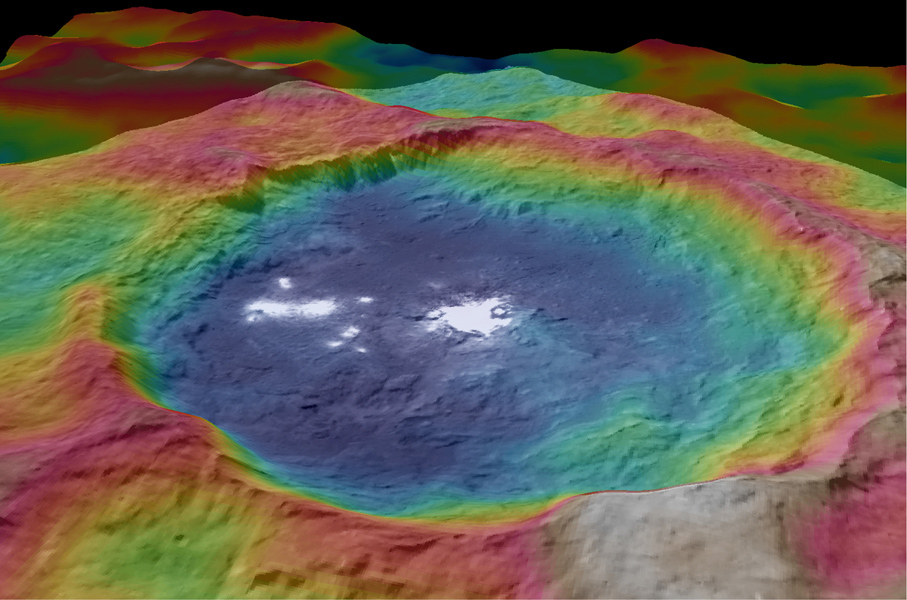-
Tips for becoming a good boxer - November 6, 2020
-
7 expert tips for making your hens night a memorable one - November 6, 2020
-
5 reasons to host your Christmas party on a cruise boat - November 6, 2020
-
What to do when you’re charged with a crime - November 6, 2020
-
Should you get one or multiple dogs? Here’s all you need to know - November 3, 2020
-
A Guide: How to Build Your Very Own Magic Mirror - February 14, 2019
-
Our Top Inspirational Baseball Stars - November 24, 2018
-
Five Tech Tools That Will Help You Turn Your Blog into a Business - November 24, 2018
-
How to Indulge on Vacation without Expanding Your Waist - November 9, 2018
-
5 Strategies for Businesses to Appeal to Today’s Increasingly Mobile-Crazed Customers - November 9, 2018
NASA releases new maps of the mysterious dwarf planet Ceres
Ceres’ bright spots have been a winking mystery for months, but NASA finally thinks it’s solved the riddle: No, we’re not looking at a giant alien ice rink.
Advertisement
According to a NASA report the two spots may in fact be a salt deposit.
The new topographic map (above) shows over a dozen newly named landmarks. The new names such as Ysolo Mons for a 12-mile wide mountain near Ceres’ north pole are all eponymous for agricultural spirits and deities from cultures all over the world. The bright spots are located in the Occator crater which was dubbed by scientists a “highlands area”. Astronomers are also puzzled by a 4-mile high cone-shaped mountain.
Carol Raymond, Dawn’s deputy principal investigator at NASA’s JPL, Pasadena, California said that the irregular shapes on Ceres are especially interesting, resembling craters they see on Saturn’s icy moon Rhea.
The 90-kilometre-wide Occator Crater contains a mysterious group of bright spots that have intrigued both scientists and the general public ever since they were first noticed during Dawn’s approach to the dwarf planet.
Dawn is to continue imaging Ceres, as well as taking other data at higher resolutions than it have previously managed during this final orbit.
It is due to stay in operation to mid-2016. Russell conceded that such forces have not formed mountains on Earth, but gravity on Ceres is different.
NASA published the image on Wednesday; it is the result of multiple images snapped by the Dawn spacecraft from August to September.
Thanks to NASA’s Dawn spacecraft, which has been orbiting the cratered planet at an altitude of 915 miles, scientists now have fascinating images that showcase the elevation and compositional differences across Ceres. “We know it’s not ice and we’re pretty sure it’s salt, but we don’t know exactly what salt at the present time”.
For instance, during the press conference, Russell said that he and his colleagues had “absolutely no idea” what caused a blue ring to appear on a map of the planet. And Dawn team believes that there may be another tall mountain on Ceres, but the images are not clear enough to confirm that hypothesis. It will continue to get closer to its surface and take even closer shots in the process.
Advertisement
Russell said “many suggestions” have poured in from the public but did not provide an exact number.





























